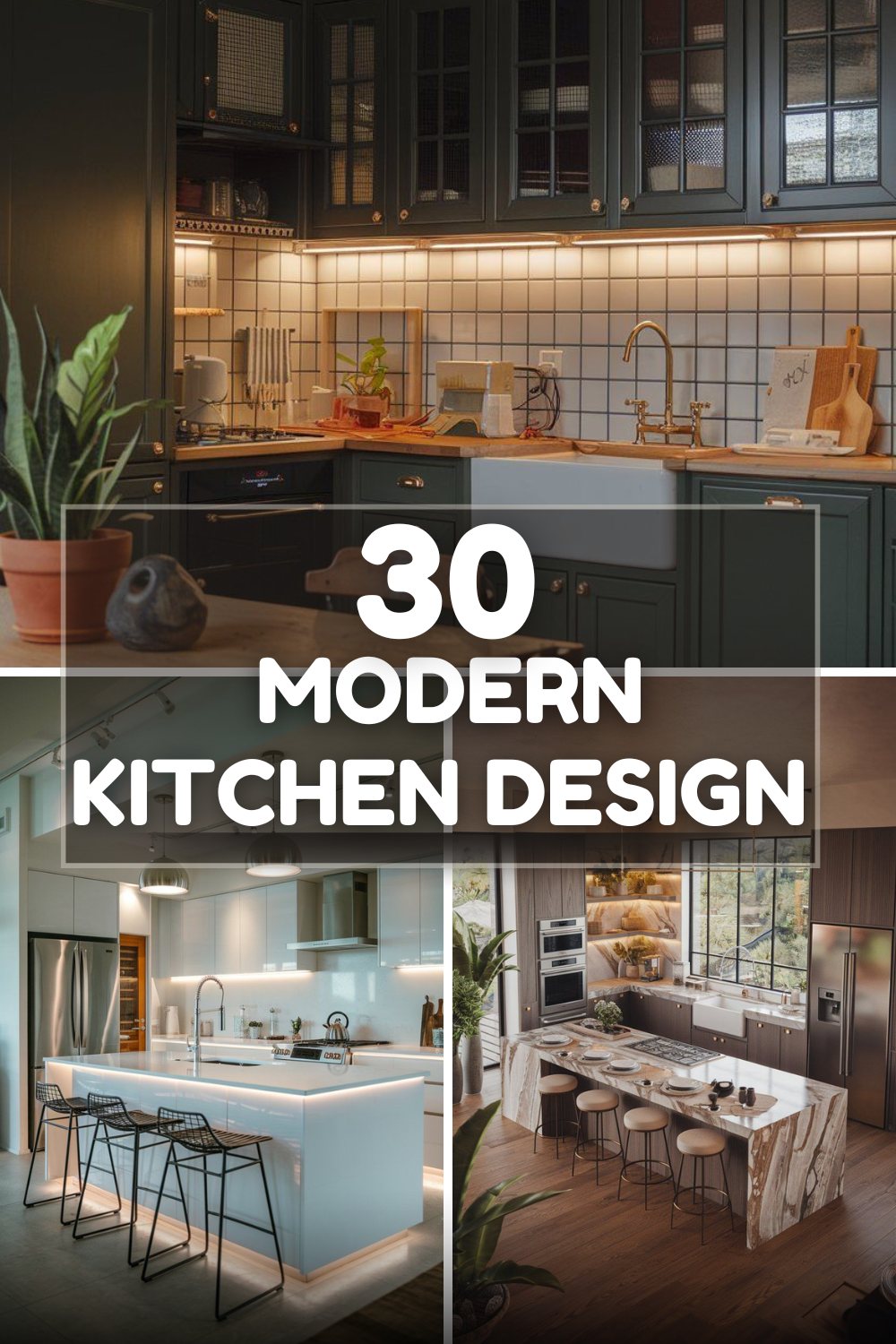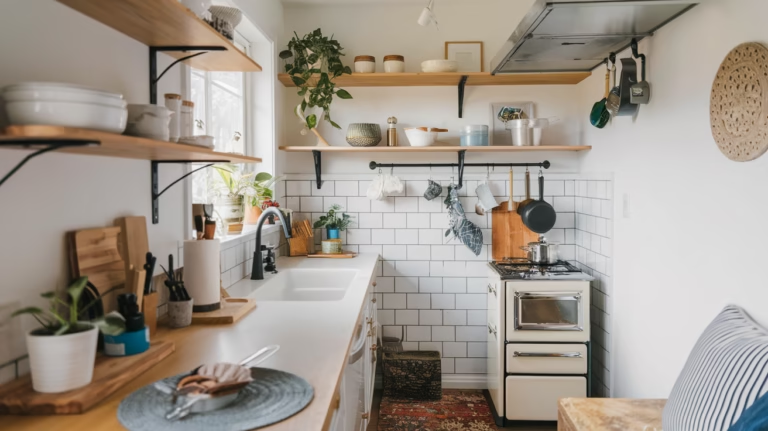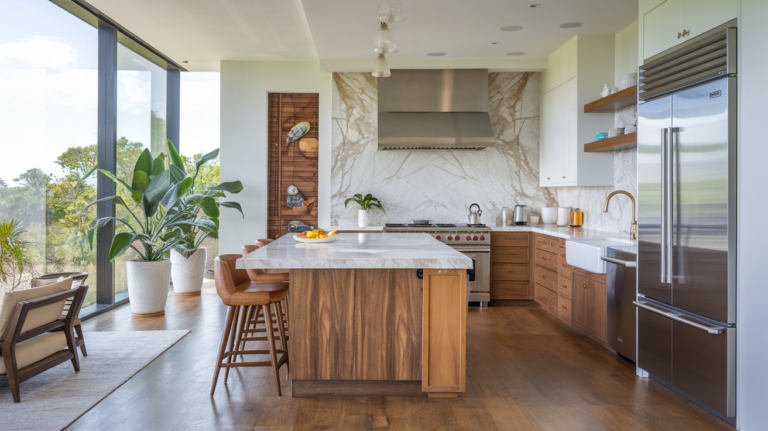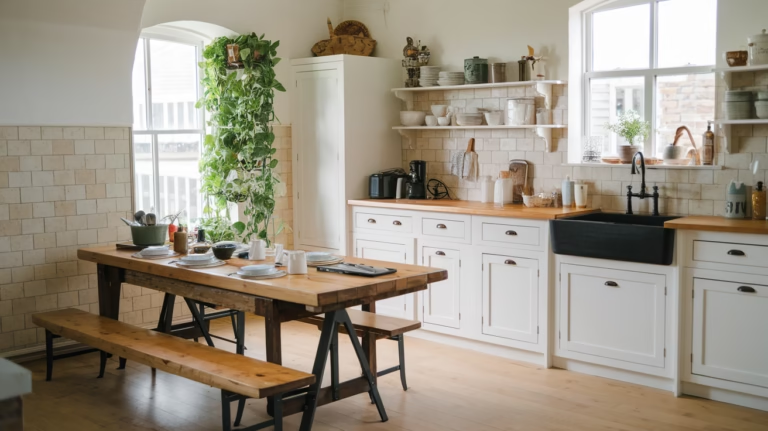The kitchen has evolved beyond its traditional role as a mere cooking space to become the true heart of the modern home. As we navigate through 2024, innovative design trends continue to reshape how we think about kitchen spaces, combining cutting-edge technology with timeless aesthetics.
Whether you’re planning a complete renovation or looking for inspiration for future updates, these carefully curated design ideas will help you create a kitchen that’s both functional and stunning.
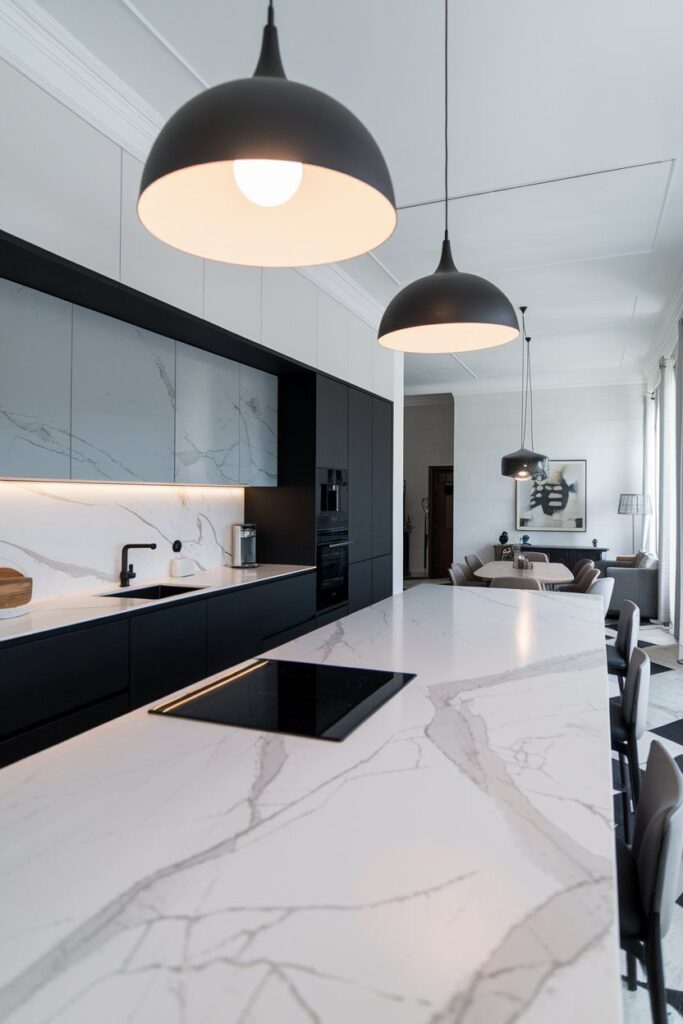
The Broken-Plan Kitchen
The evolution of open-plan living has led to the emergence of broken-plan kitchens. This sophisticated approach maintains the spacious feel of open-plan design while creating distinct zones using partial walls, split-levels, or glass partitions. The beauty of broken-plan layouts lies in their ability to define spaces without sacrificing the social connection that makes modern kitchens so appealing. Consider incorporating half-walls with built-in herb gardens or glass room dividers that maintain visual connection while minimizing cooking odors and noise.
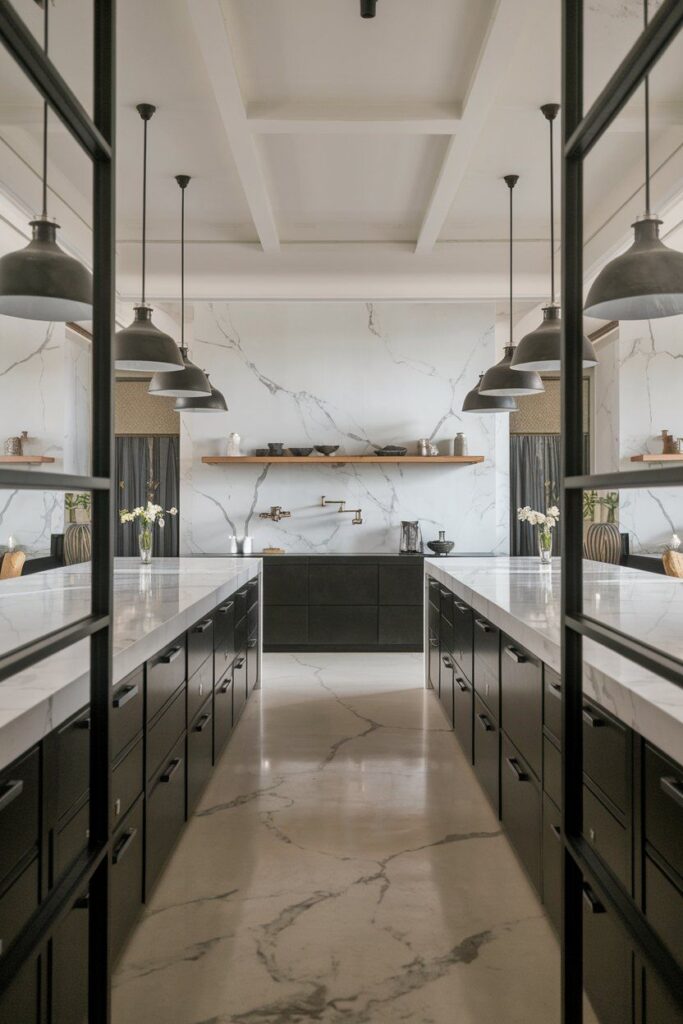
Double Island Configuration
For those blessed with ample space, the double island concept revolutionizes kitchen workflow. The primary island typically houses cooking amenities and preparation space, while the secondary island serves as a social hub, casual dining area, or dedicated beverage station. This arrangement naturally creates efficient traffic flows and distinct zones for cooking and entertaining. Each island can be customized with specific functions – think built-in wine fridges, dishwasher drawers, or specialized storage solutions.
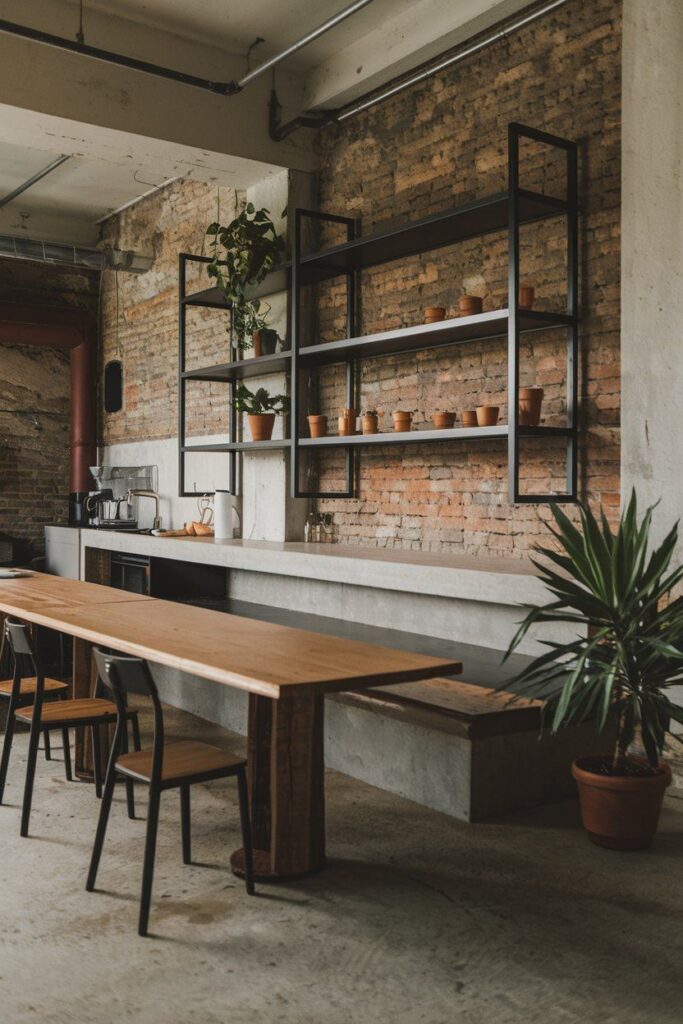
Butler’s Pantry Integration
Modern butler’s pantries have transcended their traditional role to become sophisticated prep and storage spaces. These secondary kitchens, often concealed behind elegant sliding doors or hidden entrances, serve as perfect staging areas for entertaining. They house additional appliances, storage for formal dinnerware, and extra counter space for food preparation. The key to a successful butler’s pantry lies in its seamless integration with the main kitchen while maintaining its distinct functionality.
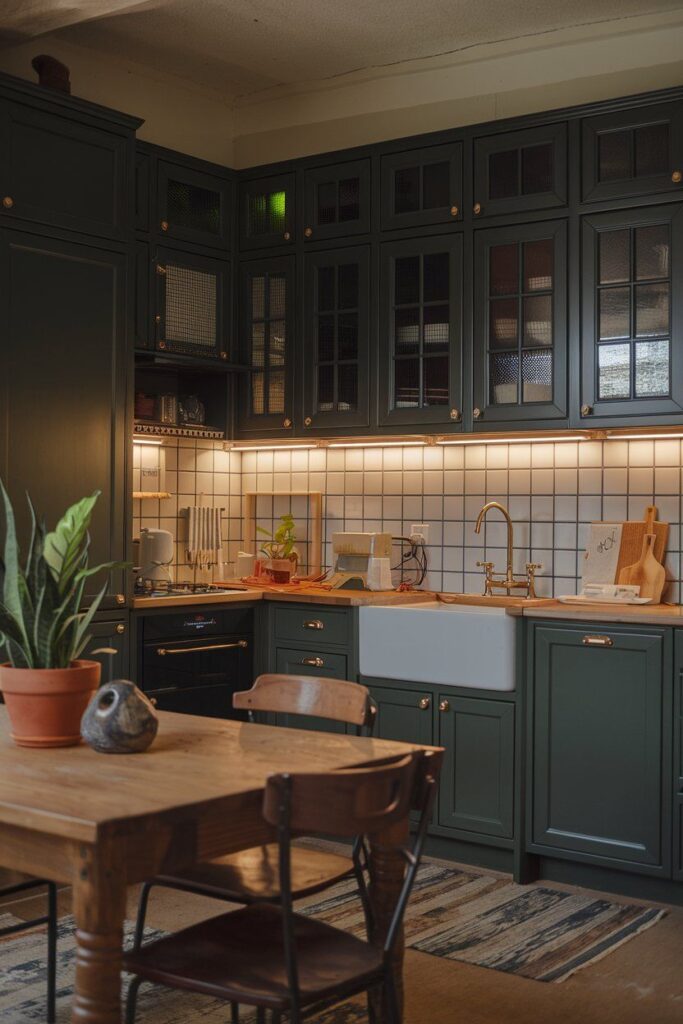
Curved Kitchen Elements
Organic shapes are making a bold statement in contemporary kitchen design. Curved islands, rounded cabinet corners, and flowing architectural elements soften the traditionally rigid kitchen layout. These curves not only create visual interest but also improve traffic flow and safety, eliminating sharp corners. The integration of curved elements can range from subtle rounded corners on countertops to dramatic curved islands that serve as sculptural centerpieces.
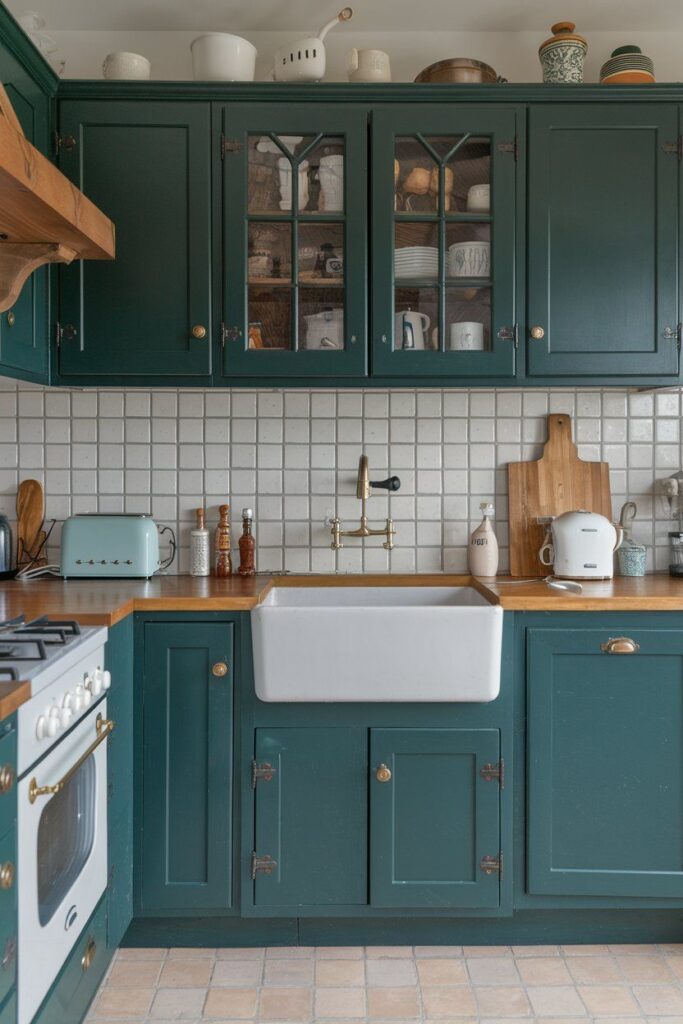
Vertical Space Maximization
Modern kitchens are reaching new heights with innovative vertical storage solutions. Floor-to-ceiling cabinetry maximizes storage capacity while creating a sleek, unified look. Incorporating motorized upper cabinet systems, pull-down shelving, and vertical pull-out pantries makes these tall storage spaces both practical and accessible. The key is balancing the visual weight of tall elements with open spaces to maintain an airy feel.
Innovative Storage Solutions
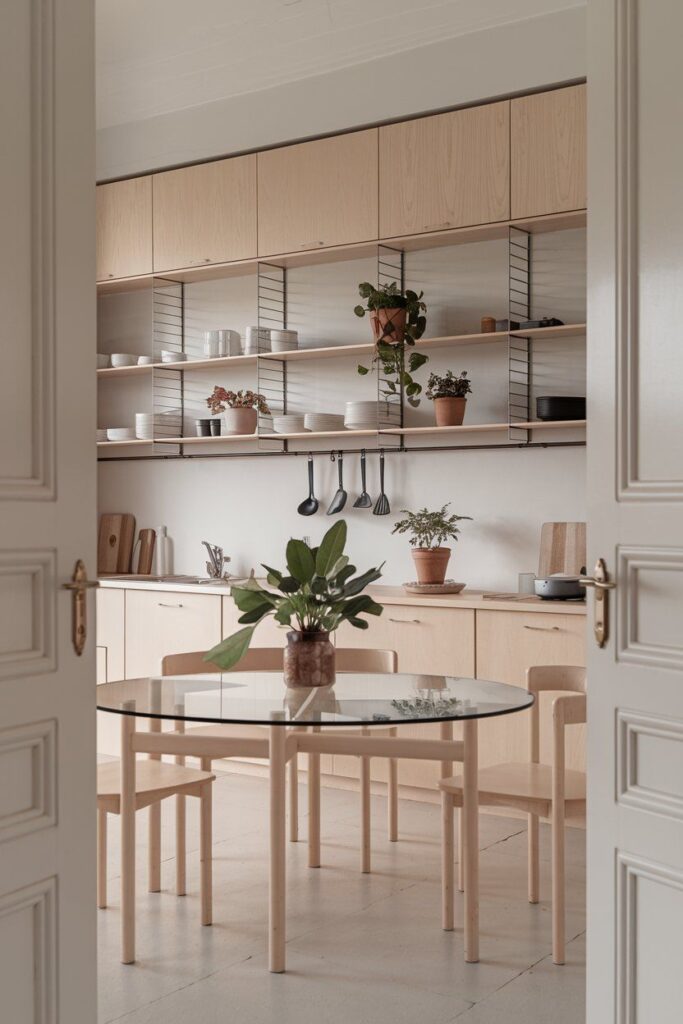
Hidden Appliance Garages
Contemporary kitchens prioritize clutter-free countertops through cleverly designed appliance garages. These specialized storage spaces feature custom doors that lift, slide, or fold away to reveal frequently used small appliances. The best designs include internal power outlets and counter-height surfaces, allowing appliances to be used without removal. Consider incorporating LED lighting and organizers within these spaces for maximum functionality.
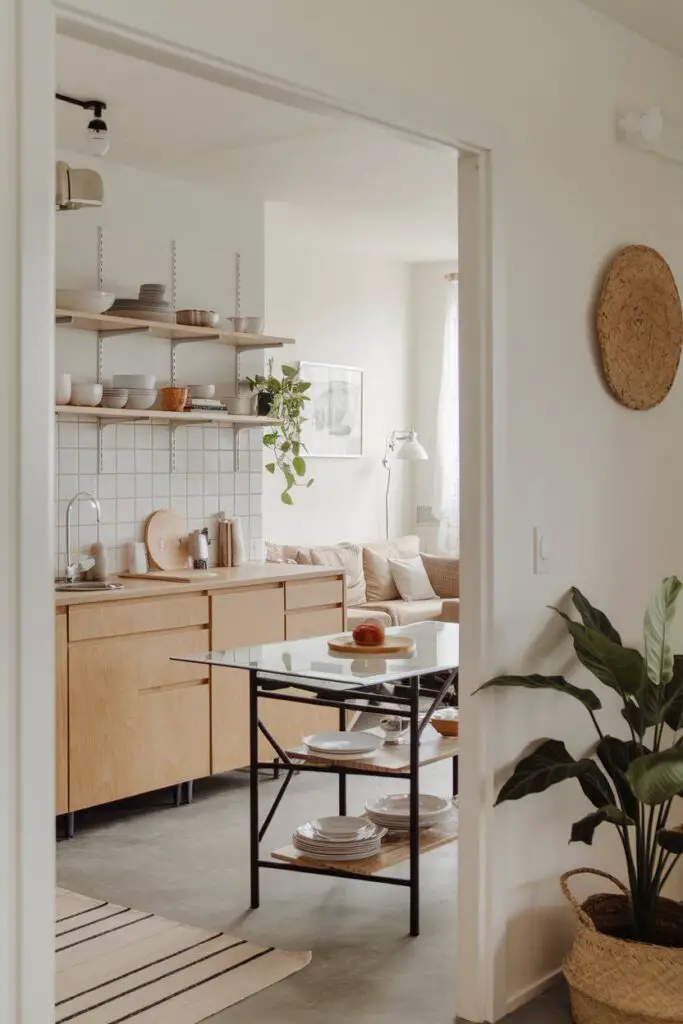
Smart Corner Solutions
Modern corner cabinet solutions transform traditionally awkward spaces into storage powerhouses. Advanced systems like Le Mans units, magic corners, and electronic corner optimizers make every inch accessible. These mechanisms smoothly bring contents out of the corner, eliminating the need to reach into deep, dark spaces. The latest designs feature soft-close mechanisms and adjustable shelving to accommodate various items.
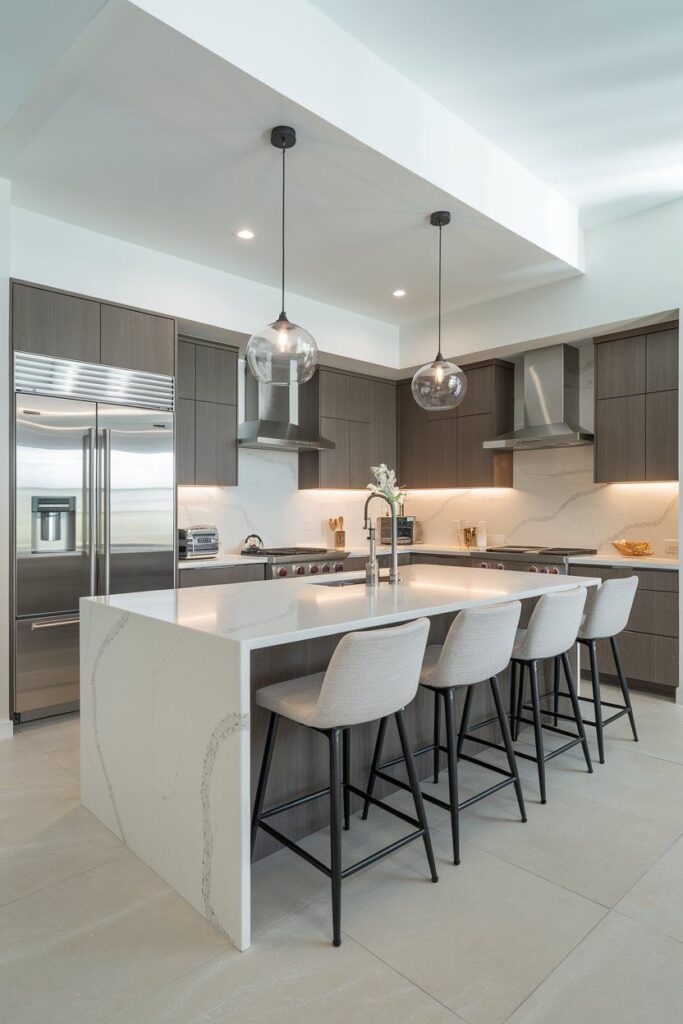
Drawer-Within-Drawer Systems
Double-layered drawer systems revolutionize kitchen organization through their efficient use of space. The upper layer typically houses smaller items like cutlery and cooking utensils, while deeper lower drawers accommodate larger items. These systems often feature customizable dividers, anti-slip mats, and soft-close mechanisms. The latest innovations include temperature-controlled drawers for specialized storage needs.
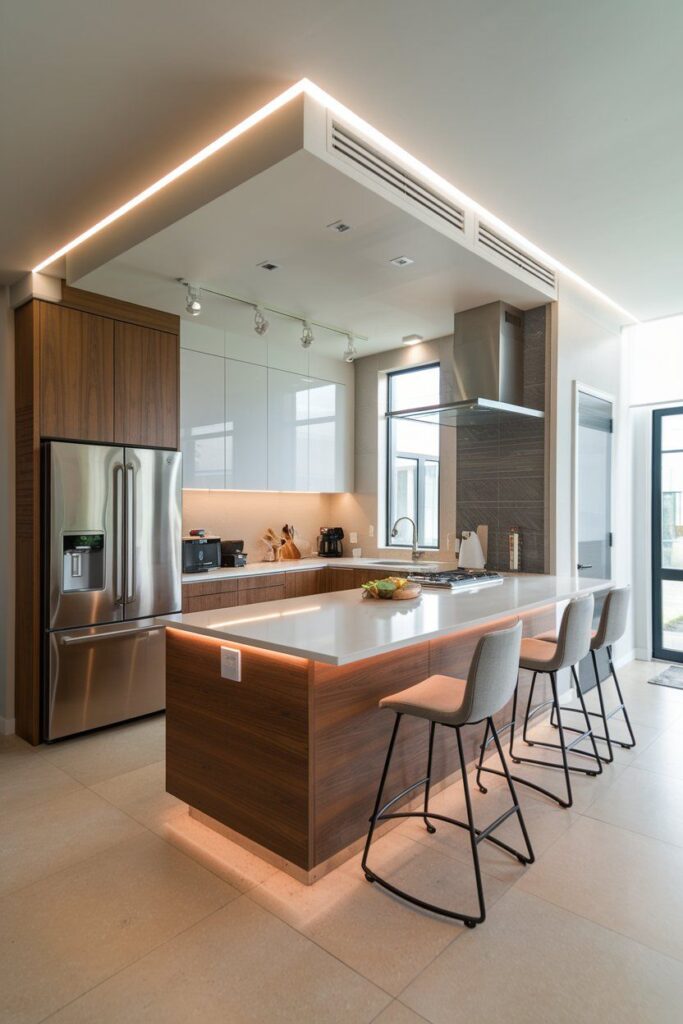
Vertical Pull-Out Pantries
Slim pull-out units maximize storage in narrow spaces between appliances or cabinets. These versatile units can store an impressive amount of dry goods while keeping everything visible and accessible. Modern versions feature adjustable shelving, door-mounted racks, and smooth-gliding mechanisms rated for heavy loads. Some designs incorporate built-in lighting that activates automatically when pulled out.
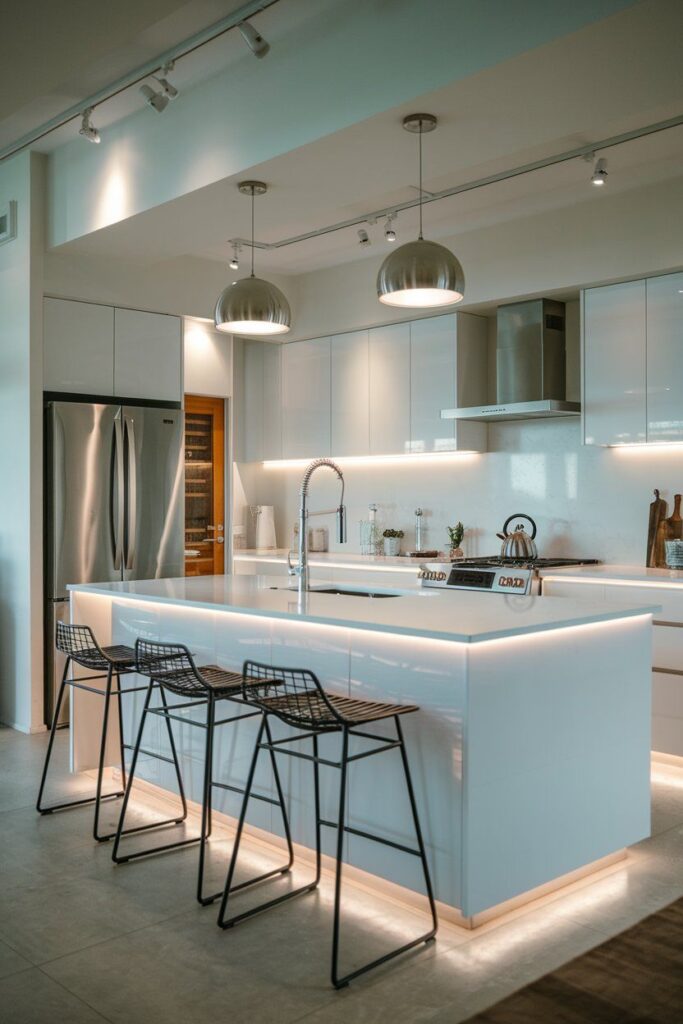
Integrated Recycling Centers
Contemporary waste management systems go beyond basic trash bins to include specialized compartments for different types of recyclables, compost, and general waste. These centers often feature touch-to-open mechanisms, odor-control systems, and built-in cleaning supply storage. Some advanced units include automated sorting systems and compactors to maximize capacity.
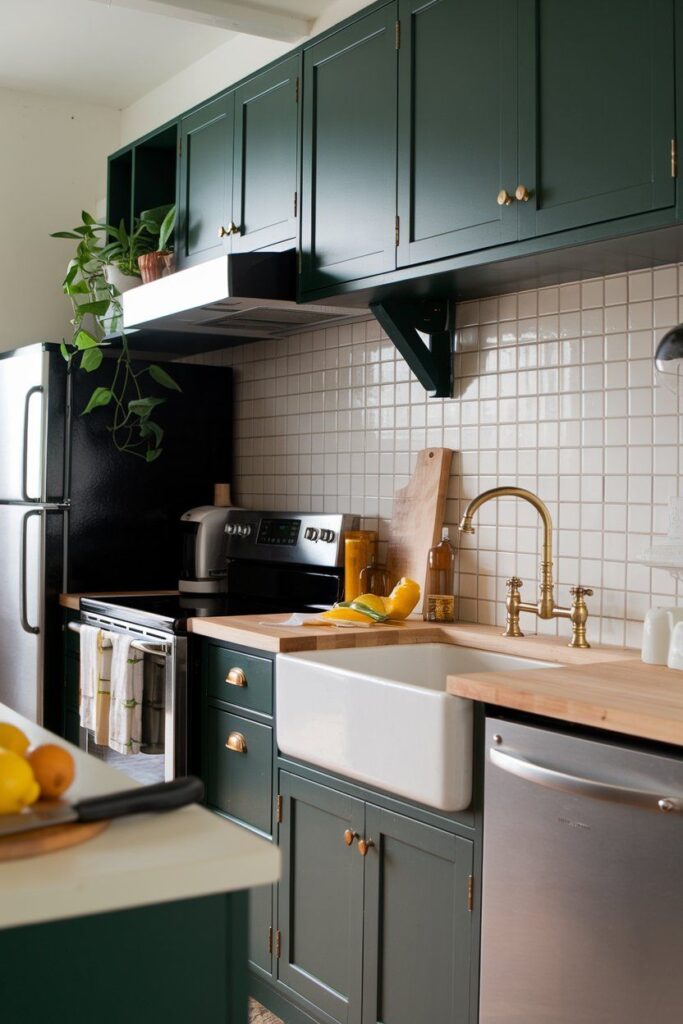
Two-Tone Cabinet Designs
The two-tone cabinet trend continues to evolve with sophisticated color combinations that add visual depth to kitchen spaces. Dark lower cabinets grounded by light upper ones create an illusion of space while adding architectural interest. Popular pairings include navy and cream, charcoal and white, or natural wood tones combined with painted finishes. Consider using different textures between the two tones to add another layer of visual interest.
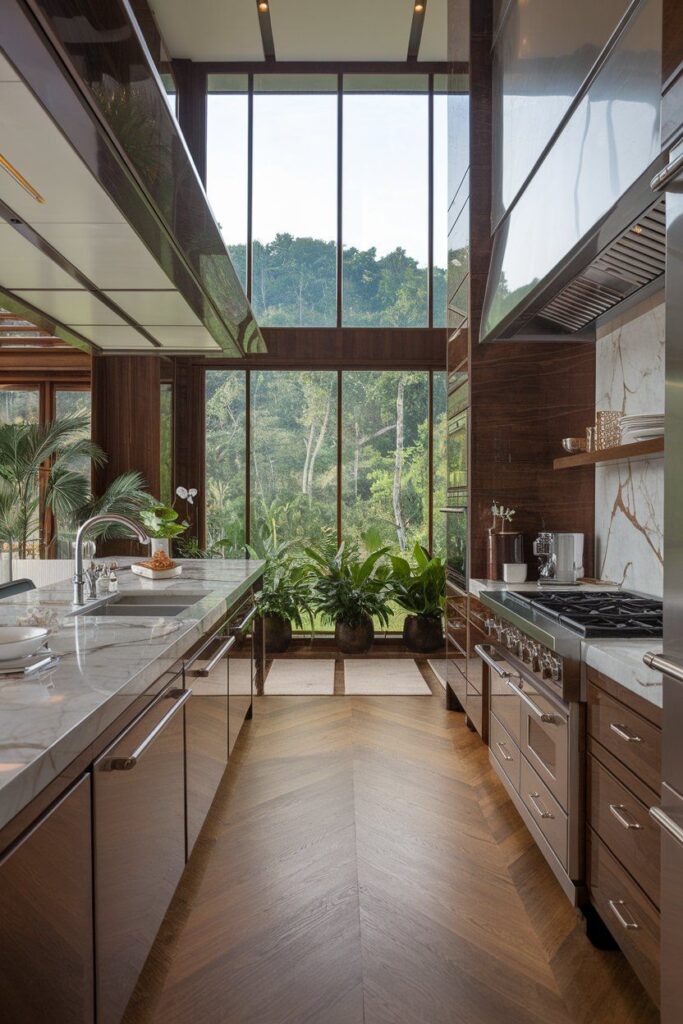
Mixed Metallic Elements
Contemporary kitchens embrace the artful mixing of metallic finishes. Gone are the days when all hardware needed to match. Modern designs confidently combine brushed brass, copper, matte black, and chrome finishes to create rich, layered looks. The key is to distribute different metals evenly throughout the space while maintaining a hierarchy of dominant and accent metals.
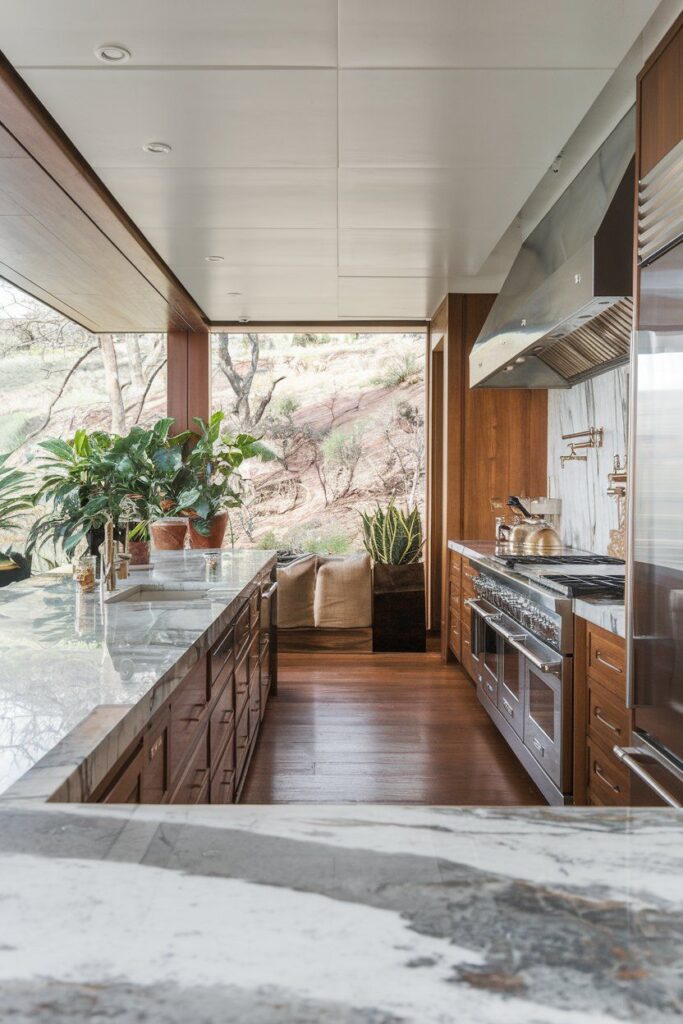
Textured Surface Treatments
Moving beyond smooth cabinet fronts, modern kitchens incorporate various textured elements to add visual and tactile interest. Fluted glass cabinet doors, ribbed wood panels, and three-dimensional tile backsplashes create dynamic surfaces that play with light and shadow. These textural elements work best when balanced with smooth surfaces to prevent visual overwhelm.
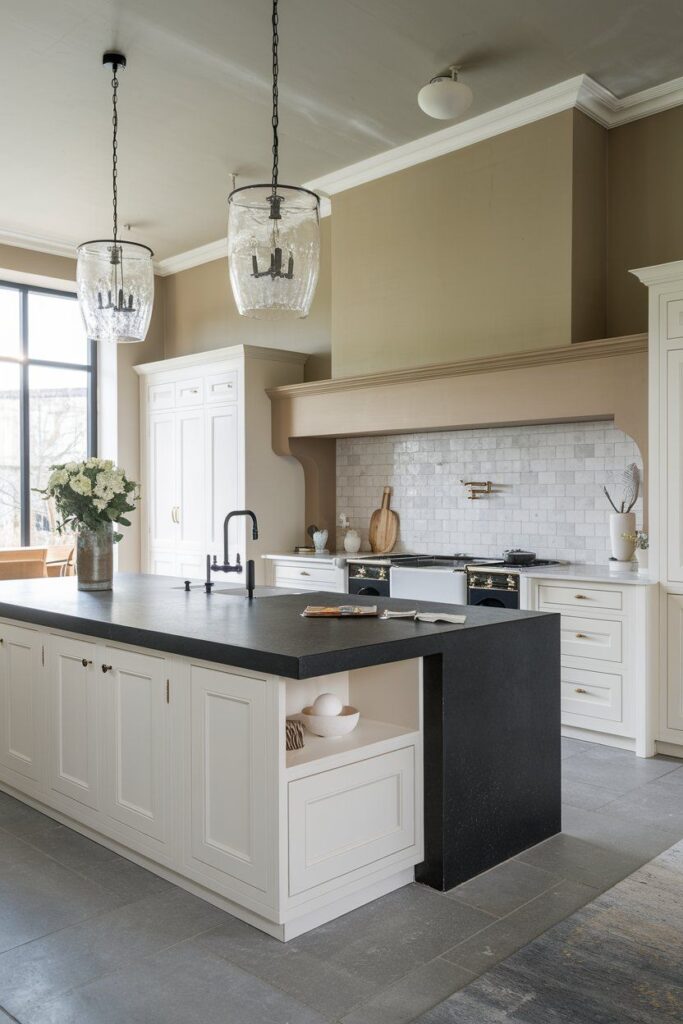
Statement Stone Surfaces
While classic white marble remains timeless, bold stone selections are making strong statements in modern kitchens. Dramatic veining patterns, unexpected colors like deep green or blue, and book-matched surfaces create stunning focal points. Engineered surfaces offer similar dramatic effects with improved durability and maintenance characteristics.
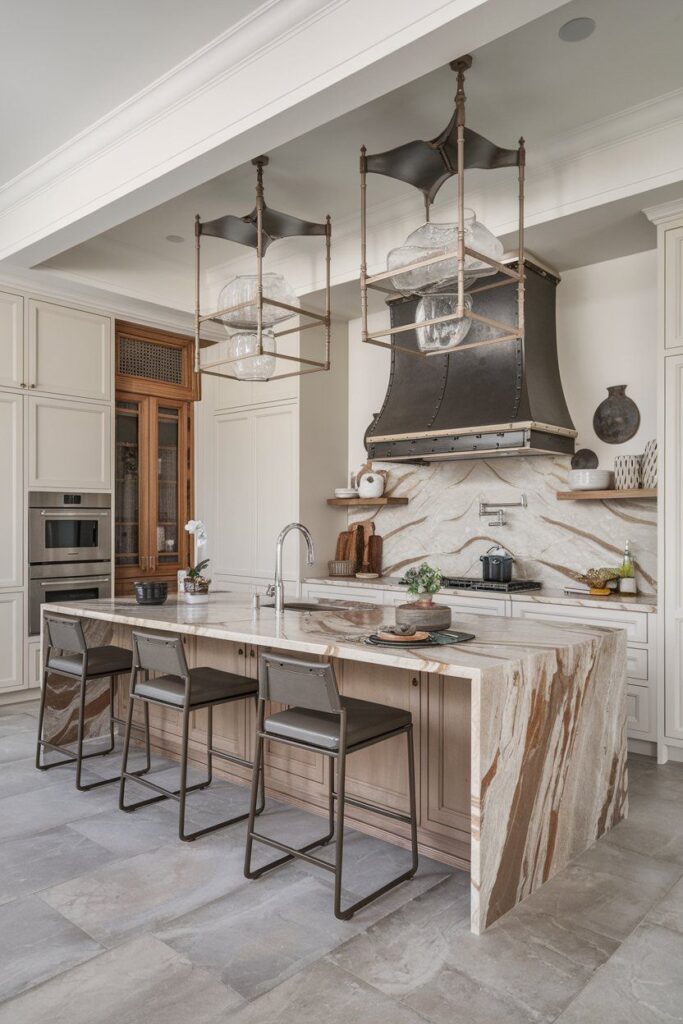
Sophisticated Matte Finishes
Matte finishes have evolved beyond simple flat surfaces to include subtle variations that add depth while maintaining a modern aesthetic. From cabinets to appliances, these finishes offer practical benefits by hiding fingerprints and smudges better than glossy surfaces. Advanced matte materials often incorporate protective coatings for improved durability.
Modern Lighting & Fixtures
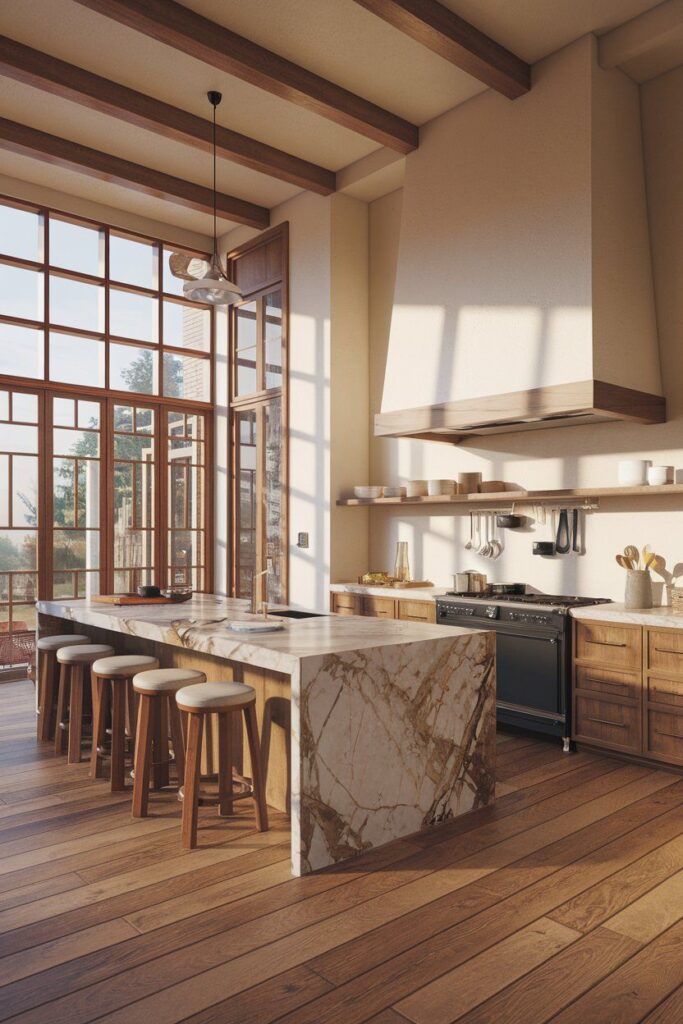
Integrated Linear Lighting
Modern kitchens leverage advanced LED technology through seamlessly integrated lighting systems. Strip lighting beneath cabinets, along toe kicks, and within drawers provides both functional illumination and ambient effects. Smart controls allow for customizable lighting scenes that adapt to different times of day and activities.
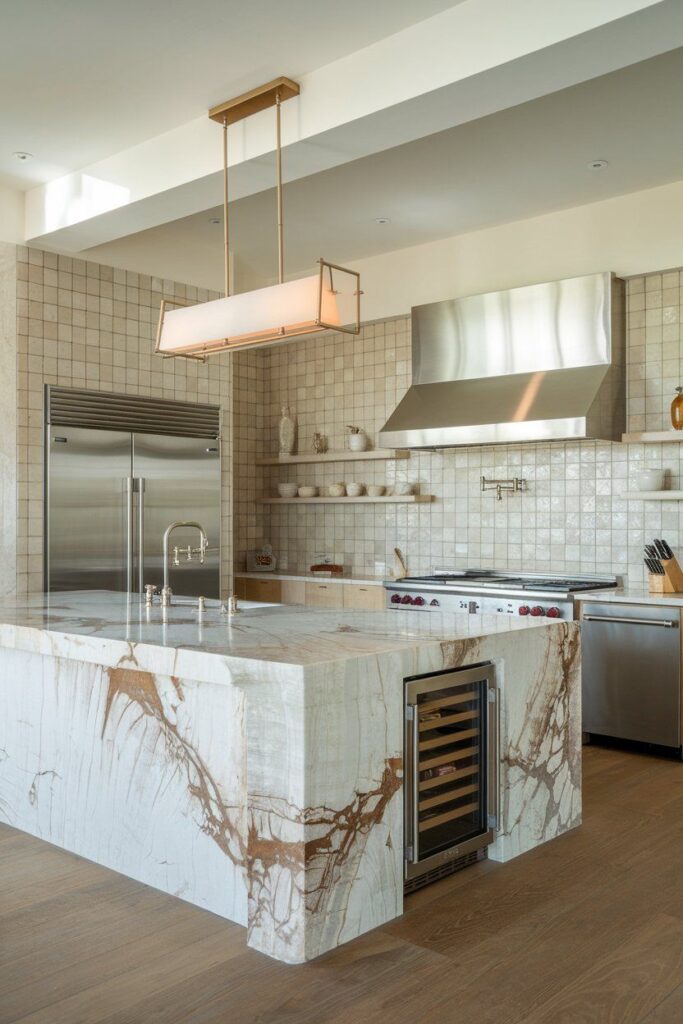
Architectural Light Fixtures
Statement lighting pieces serve as functional art in contemporary kitchens. Oversized pendants, geometric chandeliers, or grouped minimal fixtures create focal points above islands and dining areas. The trend favors fixtures that make bold statements while maintaining clean lines and modern materials.
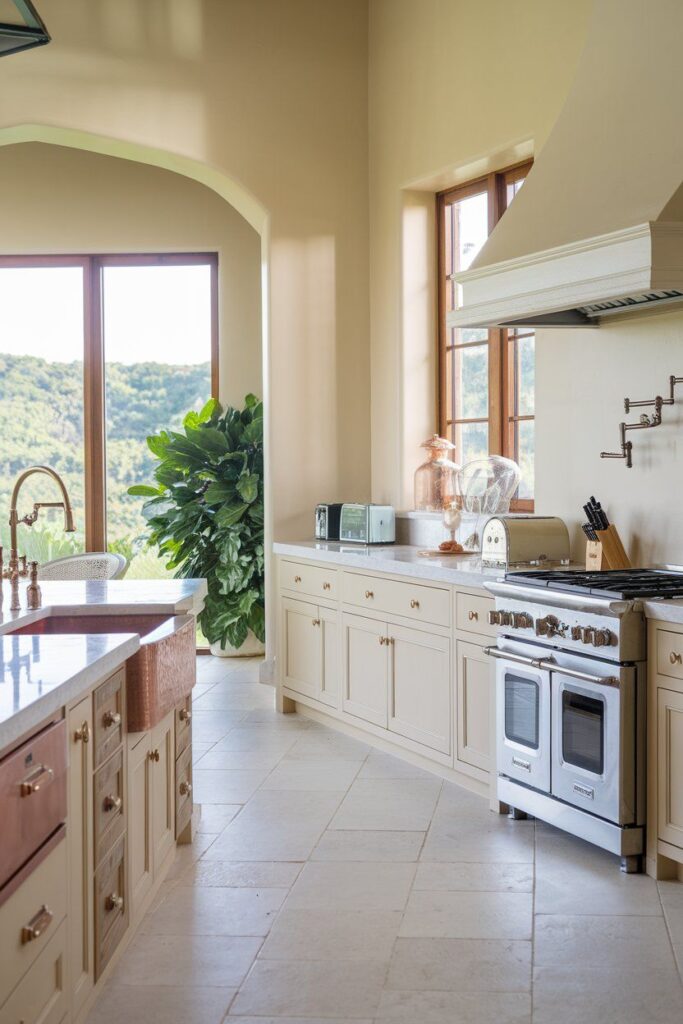
Layered Lighting Design
Professional-grade kitchen lighting now incorporates multiple layers for optimal functionality. Task lighting illuminates work areas, ambient lighting creates atmosphere, and accent lighting highlights architectural features or display areas. Smart systems allow these layers to be controlled independently and programmed for different scenarios.
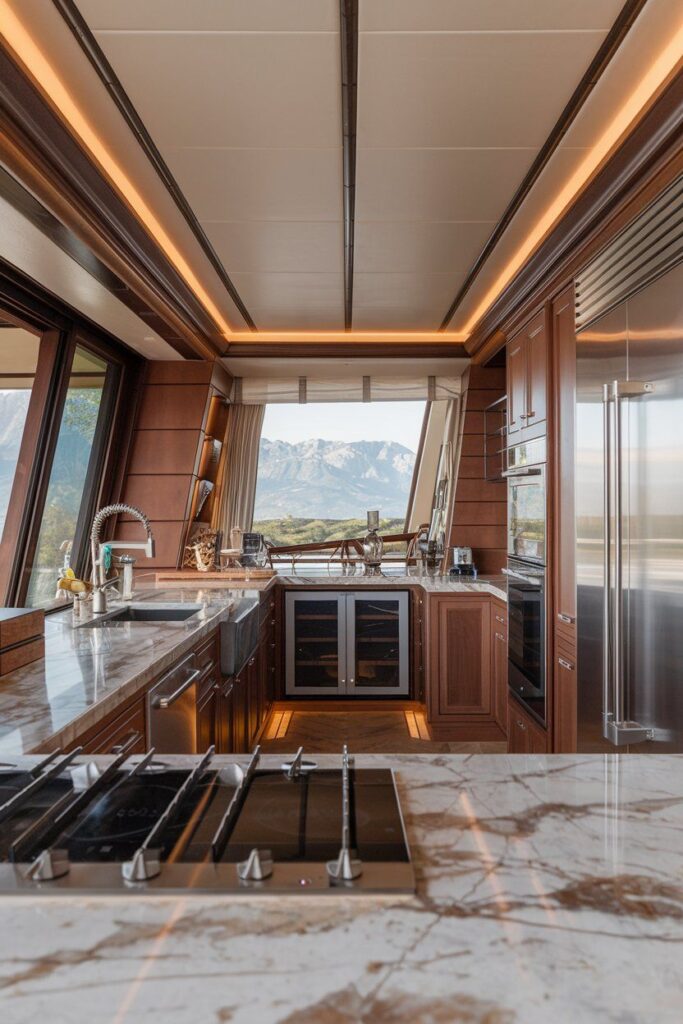
Natural Light Enhancement
Modern kitchen designs prioritize natural light through strategic window placement and glass doors. Minimal window frames, corner windows, and sliding glass walls blur the boundary between indoor and outdoor spaces. Solar tubes and skylights bring natural light to internal areas where windows aren’t possible.
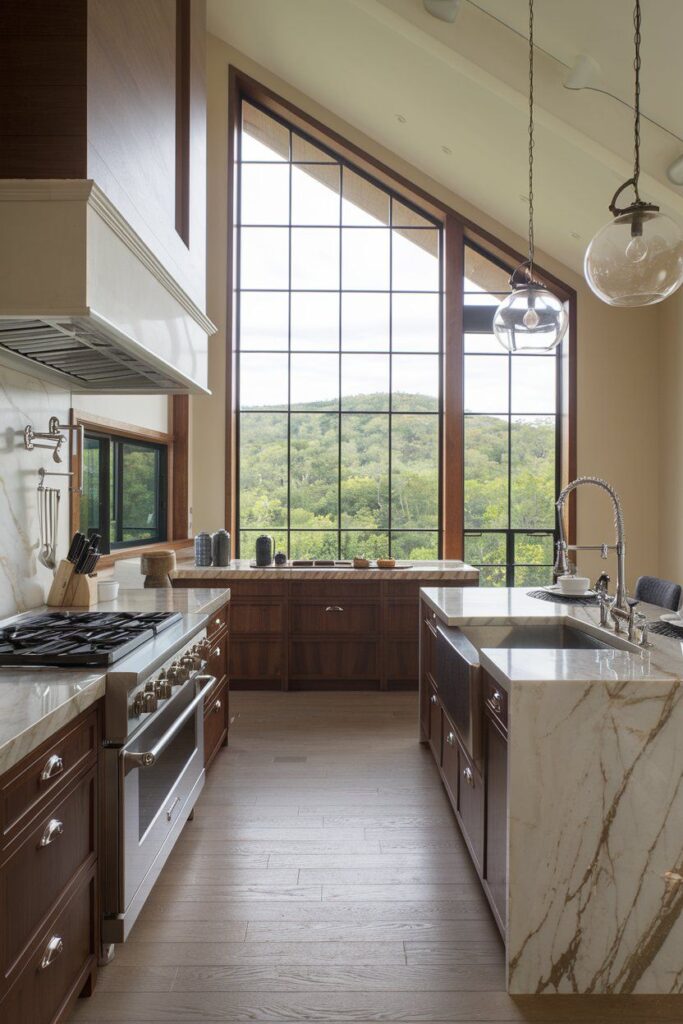
Illuminated Architectural Elements
Lighting is increasingly integrated into architectural elements to create dramatic effects. Backlit stone panels, illuminated floating shelves, and lit cabinet interiors add depth and drama to the kitchen design. These features often incorporate color-changing capabilities for added versatility.
Smart Technology Integration
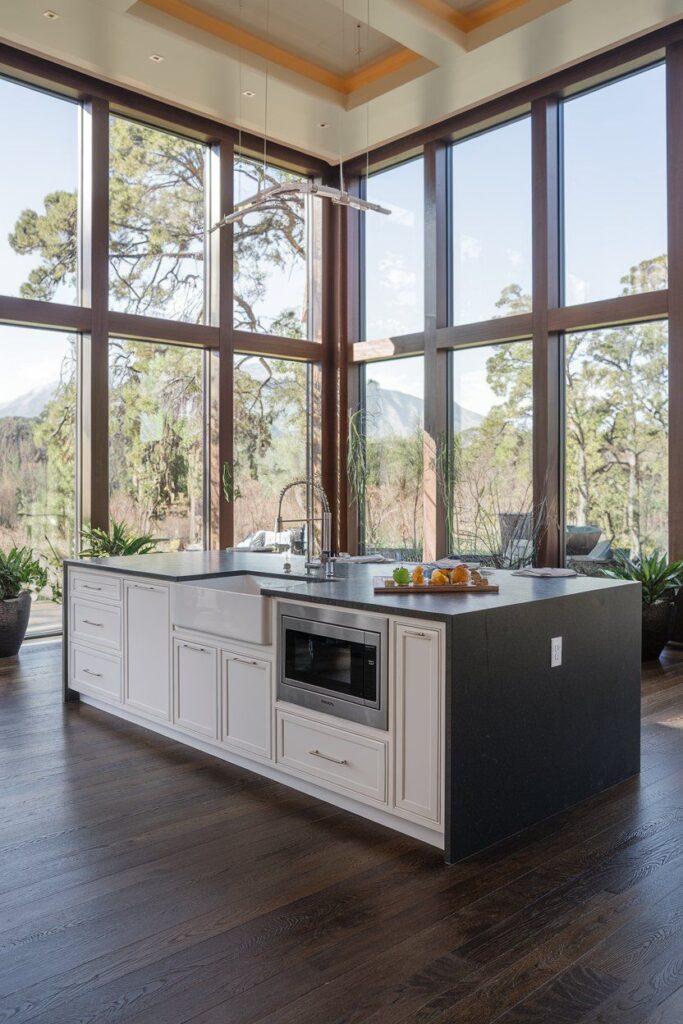
Connected Appliance Ecosystems
Modern kitchens feature appliances that communicate with each other and integrate with home automation systems. Smart ovens can be preheated remotely, refrigerators can inventory their contents, and dishwashers can be monitored from smartphones. These systems often include predictive maintenance features and energy optimization capabilities.
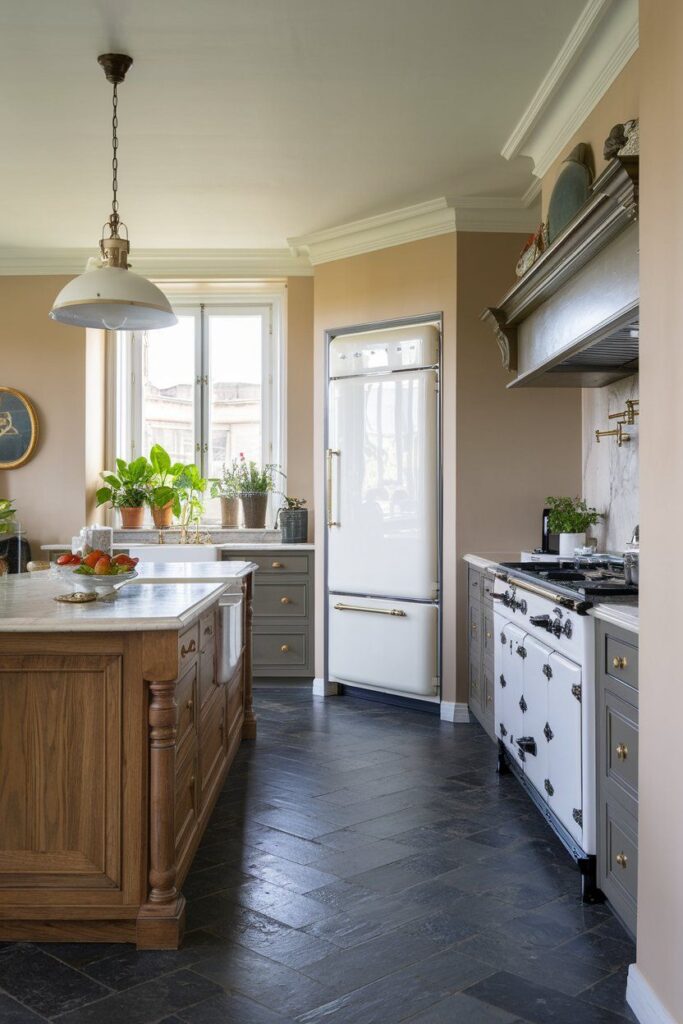
Hands-Free Operation
Touch-free technology extends beyond faucets to include cabinet doors, waste bins, and lighting controls. Voice-activated systems and motion sensors allow for hands-free operation when handling food or cooking. These features combine convenience with improved hygiene considerations.
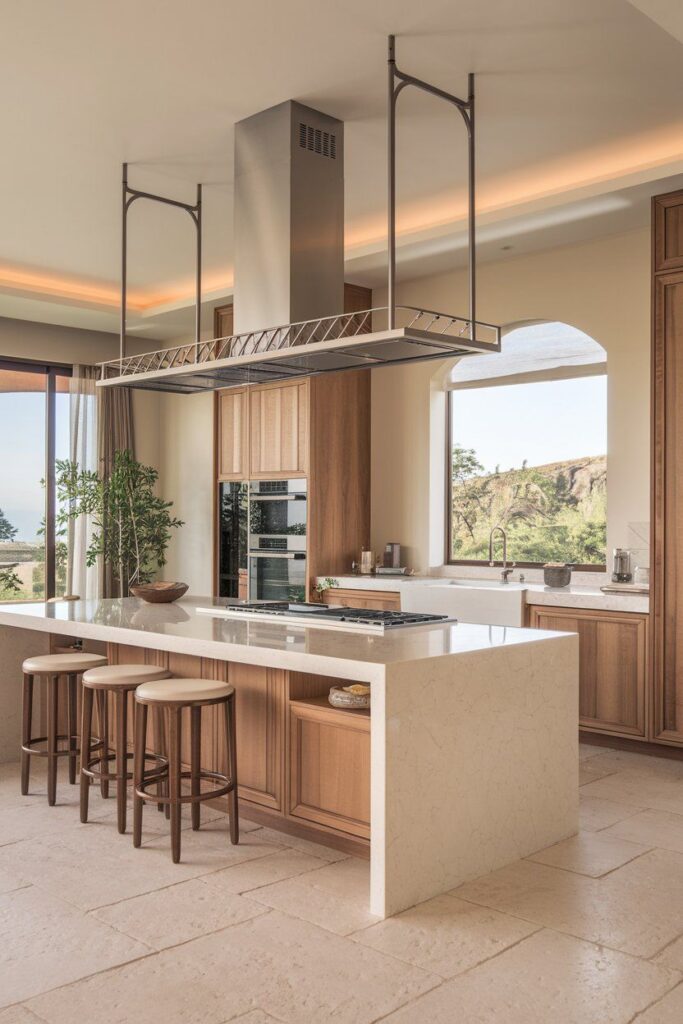
Smart Storage Technology
Electronic opening systems have revolutionized kitchen storage. Servo-drive mechanisms allow drawers and cabinets to open with a gentle touch or voice command. Motorized shelving systems bring upper cabinet contents down to the counter level for easy access. These systems often include safety features and obstacle detection.
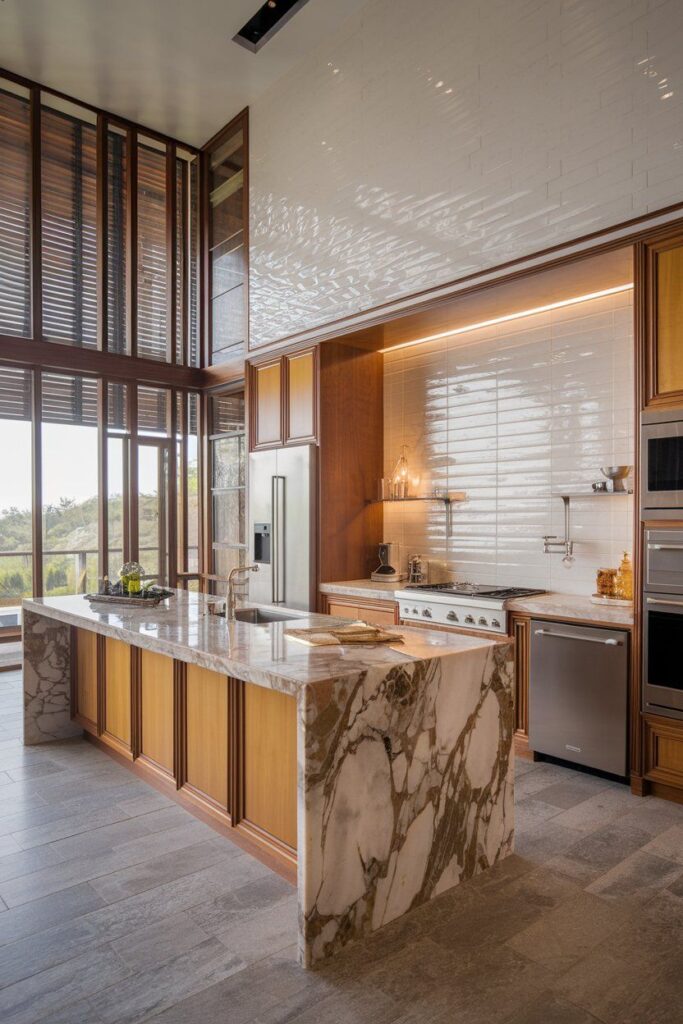
Integrated Technology Hubs
Modern kitchens incorporate dedicated spaces for technology use and device charging. Built-in charging stations, pop-up power outlets, and wireless charging surfaces keep devices powered while protecting them from kitchen hazards. These areas often include small screens for recipe viewing or home control.
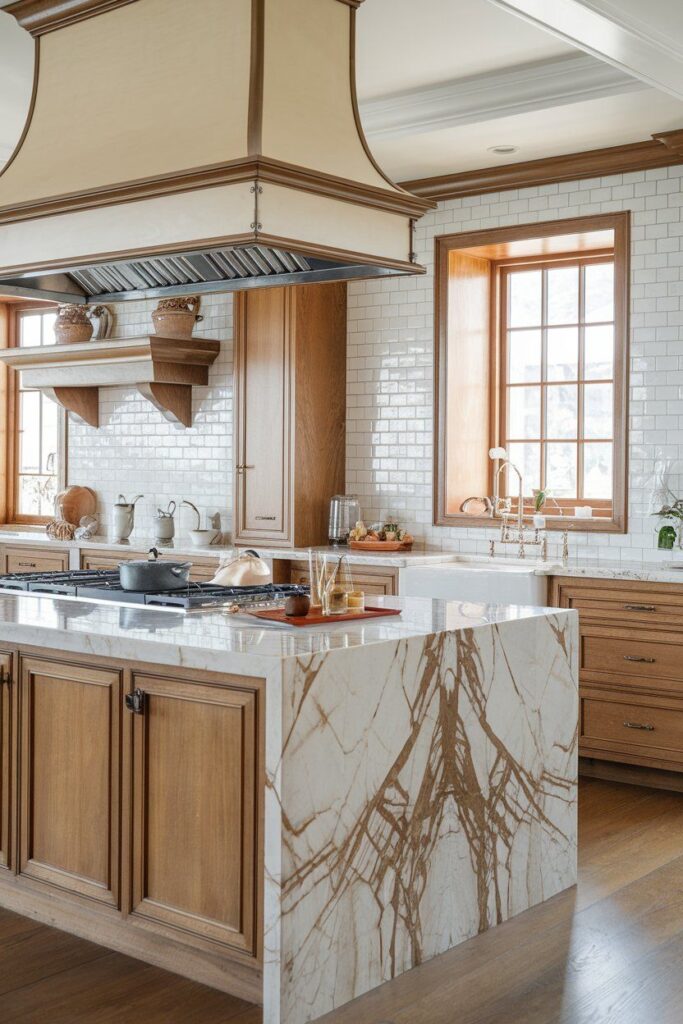
Interactive Displays
Smart displays integrated into backsplashes or appliance faces serve as control centers for the kitchen. These surfaces can display recipes, cooking videos, or family calendars while maintaining a sleek appearance when not in use. Some systems include cameras for video calls or cooking supervision.
Sustainable Design Features
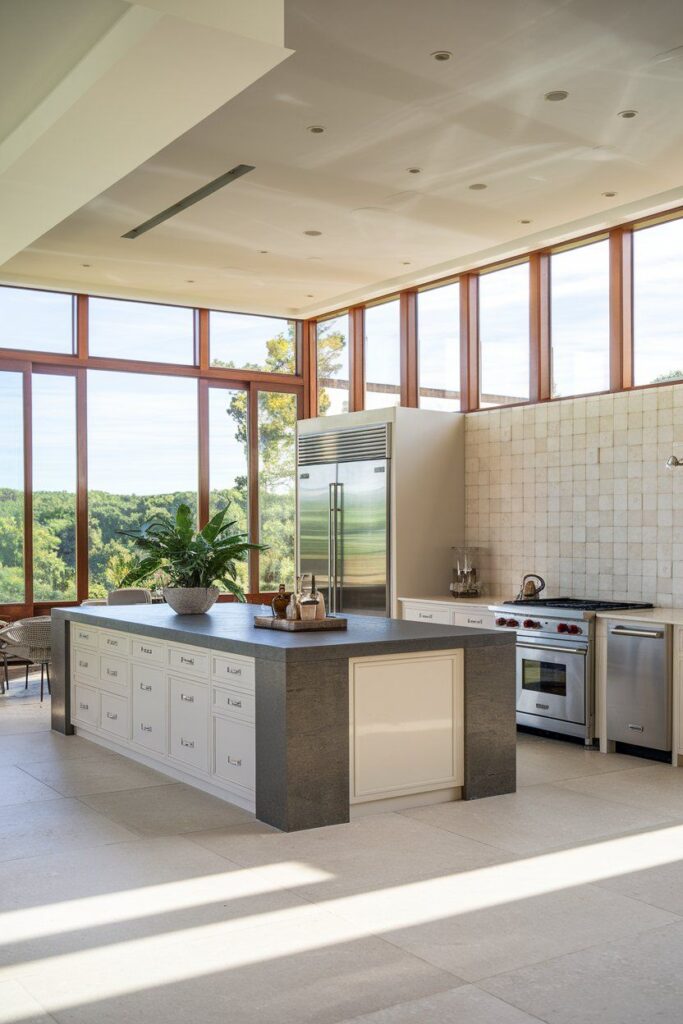
Energy-Efficient Systems
Contemporary kitchens prioritize energy efficiency through advanced appliances and systems. Induction cooking surfaces, variable-speed ventilation, and smart refrigeration systems minimize energy consumption. Solar integration and energy monitoring systems help track and optimize usage.
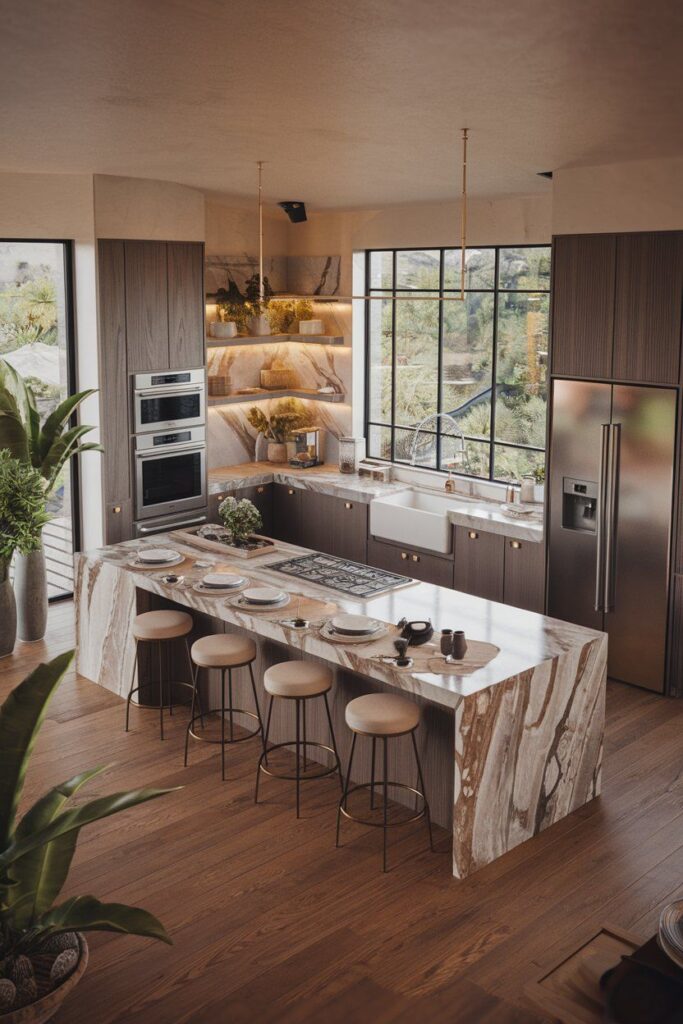
Sustainable Material Selection
Eco-conscious materials dominate modern kitchen design. Bamboo and reclaimed wood cabinets, recycled glass countertops, and low-impact composites offer sustainable alternatives to traditional materials. These selections often come with certifications verifying their environmental credentials.
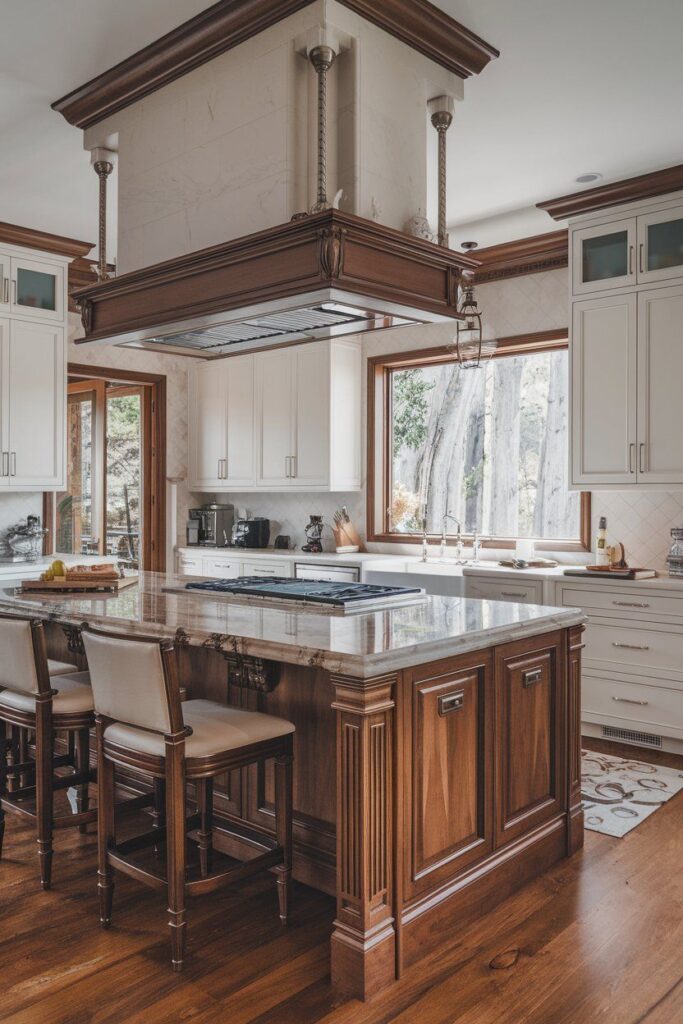
Water Management Features
Water conservation extends beyond efficient faucets to include comprehensive management systems. Greywater recycling, water filtration systems, and smart dishwashers minimize water usage while maintaining performance. Some systems include water quality monitoring and leak detection features.
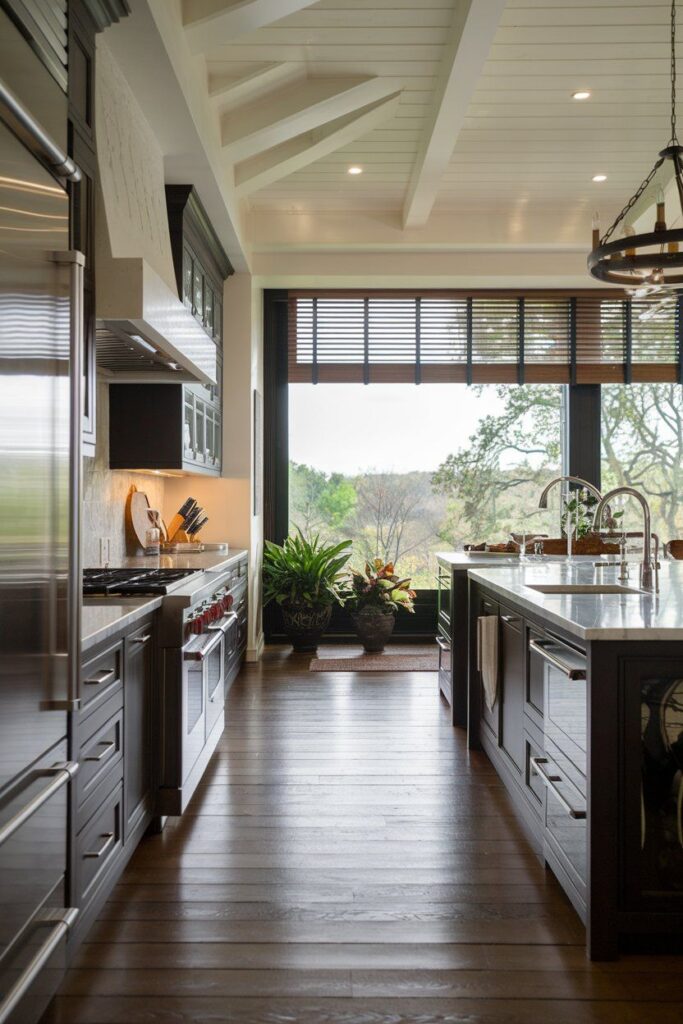
Biophilic Design Elements
Modern kitchens incorporate natural elements through living walls, herb gardens, and natural materials. These features improve air quality while creating connections to nature. Specialized lighting systems support indoor plant growth while adding visual interest.
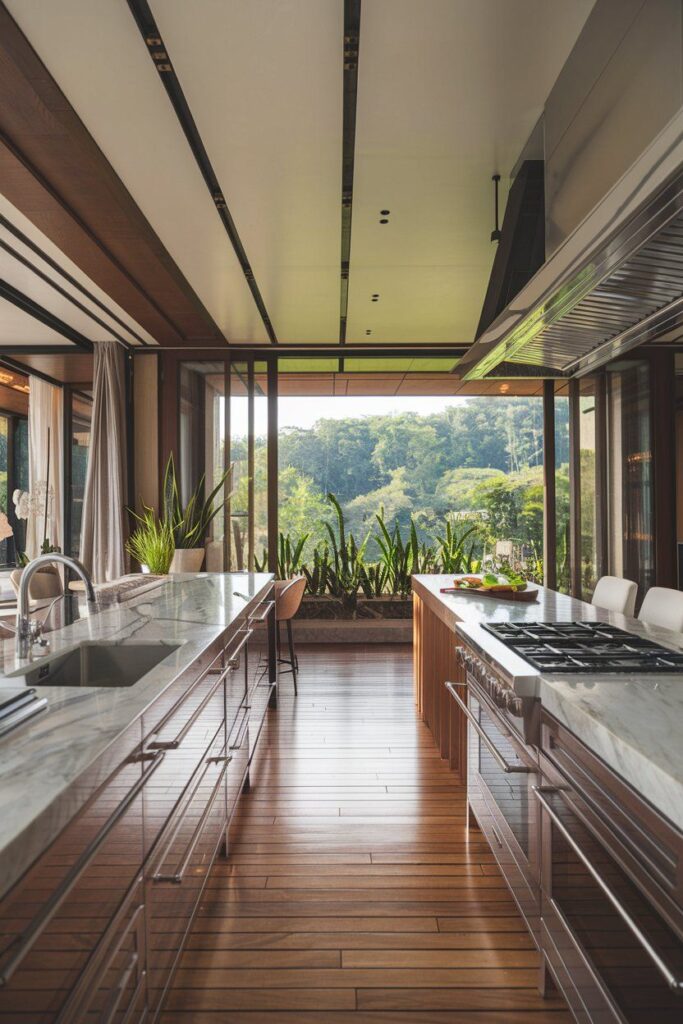
Waste Reduction Systems
Conclusion
The zero-waste kitchen design includes built-in composting systems, recycling centers, and bulk storage solutions. Advanced waste management systems might include automated sorting and compact composting units. Storage solutions for reusable containers and packaging help support sustainable habits.
The modern kitchen represents a perfect synthesis of form and function, where innovative design meets practical necessity. As we’ve explored these 33 design ideas, it’s clear that contemporary kitchen design is about creating spaces that not only look spectacular but also enhance our daily lives through thoughtful organization, sustainable practices, and cutting-edge technology.
